A new elasmotheriine (Mammalia, Rhinocerotidae) from the Early Miocene of Spain
Résumé
A new species of Hispanotherium from the Early Miocene of Spain is named. Its phylogenetic relationships within Elasmotheriina are discussed owing to a cladistic analysis. H. grimmi Heissig, 1974 and H. beonense Antoine, 1997 are consequently reintegrated in the genus Hispanotherium, together with the type species H. matritense and the new species, which differs from other ones by several dental and postcranial features. The westward dispersal of the Elasmotheriina from Asia toward Western Europe during the Early Miocene is hypothesized. To cite this article: P.-O. Antoine, C. R. Palevol 0 (2002) 1-8. 2002 Académie des sciences / Éditions scientifiques et médicales Elsevier SAS Rhinocerotidae / Elasmotheriina / Hispanotherium / Early Miocene / Spain / Corcoles / phylogeny Résumé -Un nouvel élasmothériiné (Mammalia, Rhinocerotidae) du Miocène inférieur d'Espagne. Une nouvelle espèce d'Hispanotherium, du Miocène inférieur d'Espagne, est nommée. Ses relations phylogénétiques parmi les Elasmotheriina sont discutées à l'aide d'une analyse cladistique. H. grimmi Heissig, 1974 et H. beonense Antoine, 1997 sont réattribuées au genre Hispanotherium, avec l'espèce type H. matritense et la nouvelle espèce. Celle-ci diffère des autres par plusieurs caractères dentaires et postcrâniens. L'hypothèse de dispersion vers l'ouest des Elasmotheriina depuis l'Asie jusqu'en Europe occidentale au cours du Miocène inférieur est privilégiée. Pour citer cet article : P.-O. Antoine, C. R. Palevol 0 (2002) 1-8. 2002 Académie des sciences / Éditions scientifiques et médicales Elsevier SAS Rhinocerotidae / Elasmotheriina / Hispanotherium / Miocène inférieur / Espagne / Córcoles / phylogénie Version abrégée
Domaines
Paléontologie| Origine | Fichiers éditeurs autorisés sur une archive ouverte |
|---|
